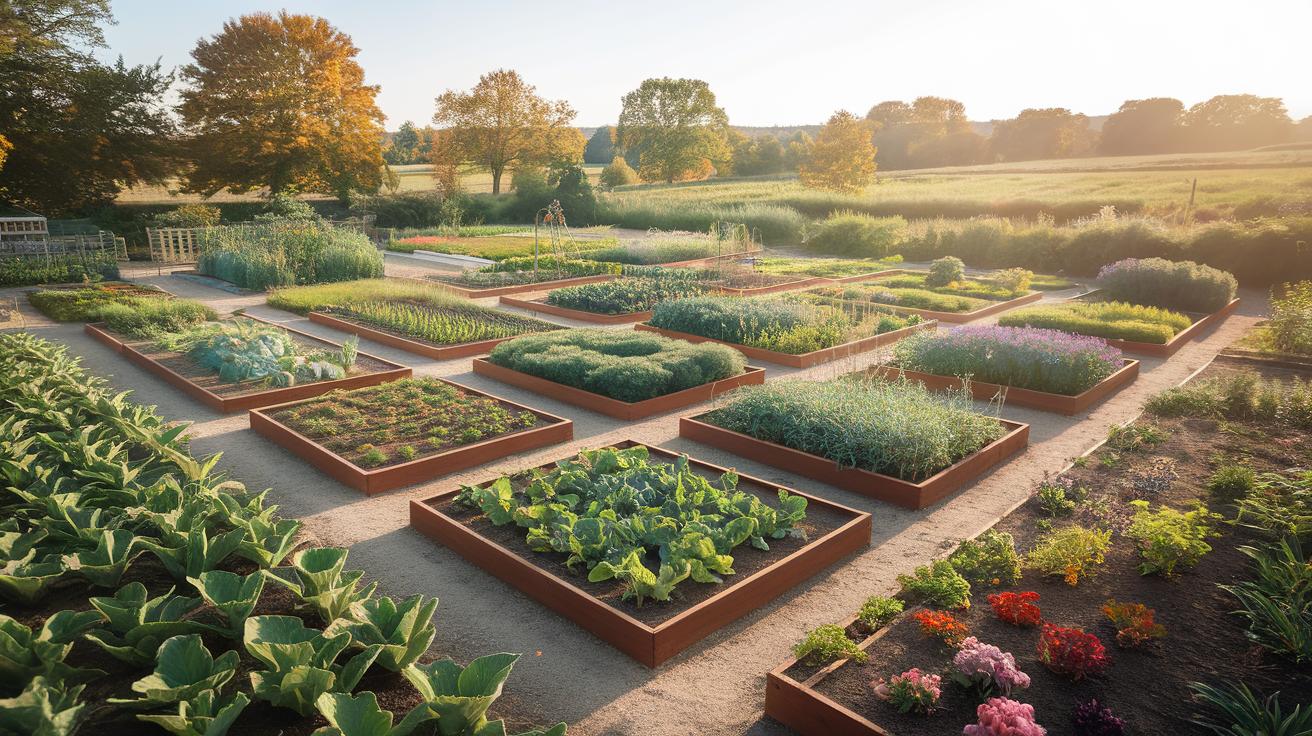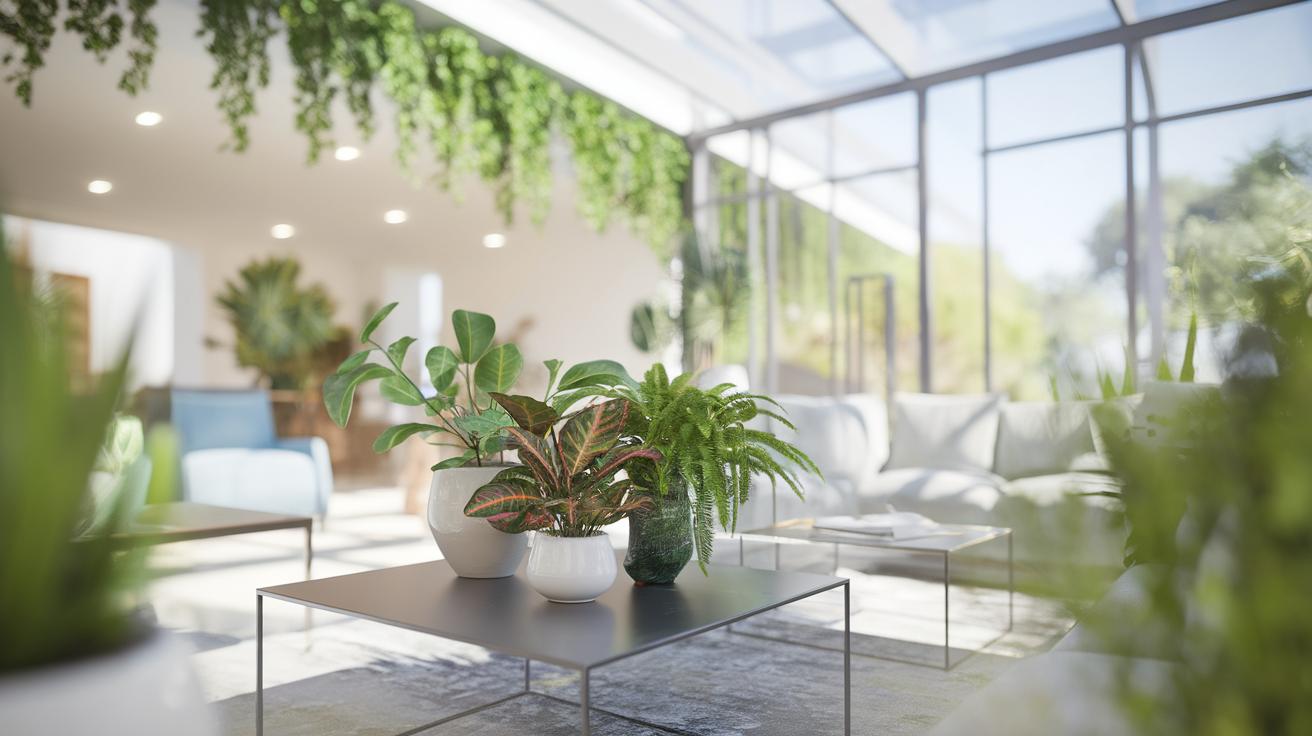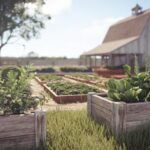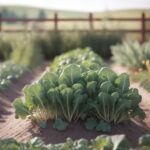Introduction
Homesteading is a holistic approach to self-sufficiency, where individuals or families cultivate their own food, preserve it for future use, and often partake in crafts or textile production. A modern homesteading garden layout not only maximizes the efficient use of space but also enhances the overall aesthetics of the property. This method has gained significant attention as people transition towards sustainable living and self-sustaining practices. The importance of garden planning becomes evident as it impacts crop yield, ease of maintenance, and the ecological balance in the garden.
In this article, we delve into key principles of creating a homesteading garden layout that is both functional and sustainable. By focusing on essential practices like crop rotation, companion planting, and integration of renewable resources, readers will learn how to design a garden that promotes healthy growth, conserves water, and supports biodiversity. The use of innovative techniques combined with traditional wisdom presents an exciting opportunity to optimize gardening space while contributing positively to the environment.
Understanding the Homesteading Lifestyle
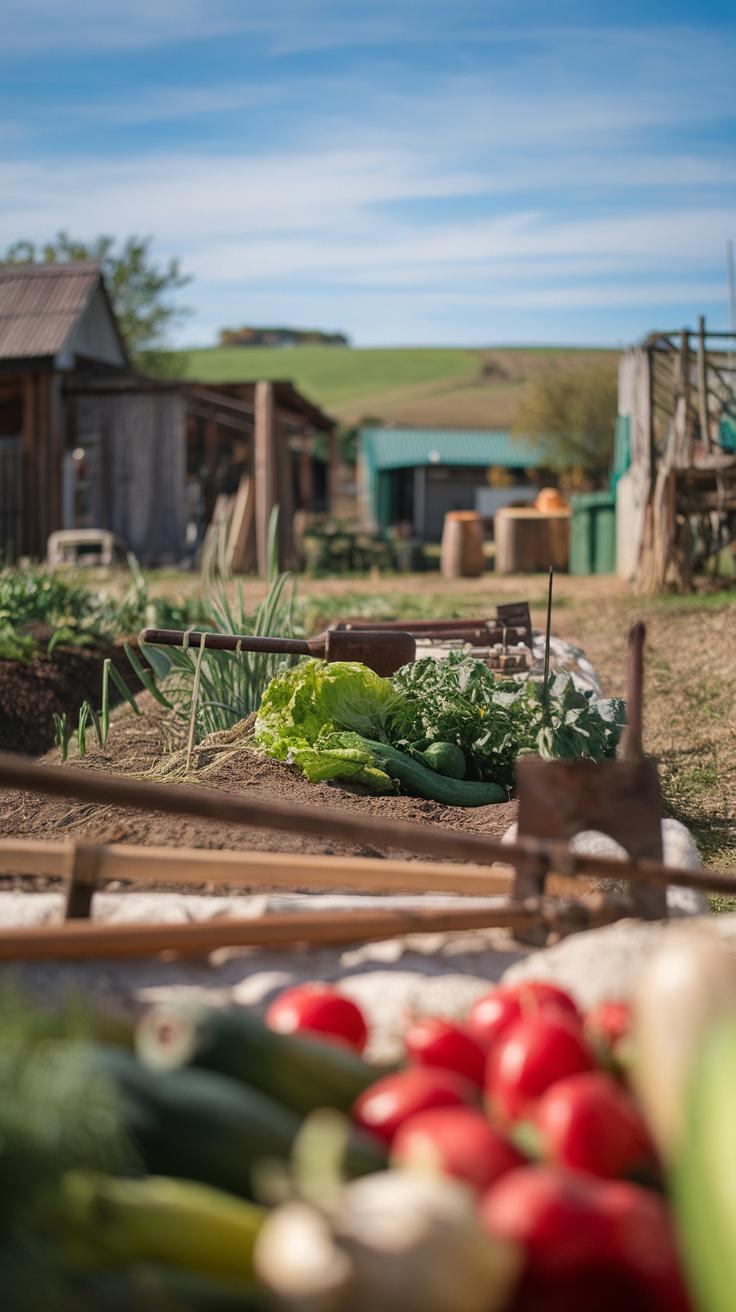
Exploring the Origins of Homesteading
The concept of homesteading dates back to the 19th century, primarily associated with the Homestead Act of 1862 in the United States. This act offered land to individuals willing to cultivate it, aiming to encourage westward expansion and sustainable land use. As a historical movement, homesteading has deep roots in agrarian traditions, where families relied on farming for sustenance and income. Over time, the practice evolved, adapting to modern realities, including urban settings. Contemporary homesteaders embrace self-sufficiency through gardening, animal husbandry, and renewable practices, reflecting a growing awareness of environmental conservation and local food sourcing. This evolution signifies a return to simpler living while fostering a sustainable lifestyle that values independence and community connection.
Modern Homesteading and Self-Sufficiency
Today, homesteading resonates deeply with individuals seeking to reconnect with nature and prioritize self-sufficiency. Many modern homesteaders are motivated by the desire to produce their own food, reduce their carbon footprint, and foster a more intentional way of living. This lifestyle promotes a hands-on approach, integrating gardening, preserving food, and utilizing renewable resources. It creates a sense of belonging and responsibility towards the land and community, emphasizing cooperation over competition. By adopting homesteading practices, individuals participate in a movement that harmonizes with the earth, encouraging sustainable methods that contribute to a healthier planet and a self-reliant lifestyle.
Principles of Garden Layout Space Planning for Efficient Homesteading
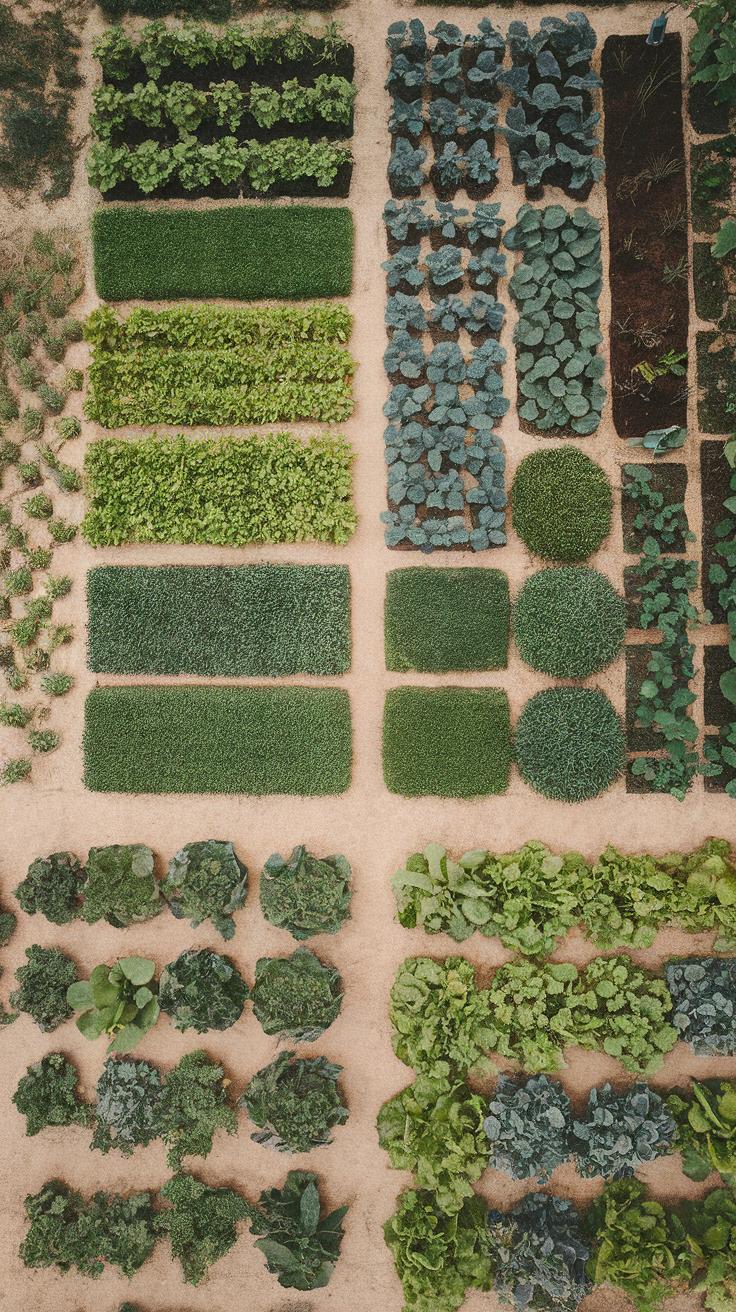
Effective garden layout is foundational for optimizing space in a homesteading garden. Organizing your garden requires careful space planning to ensure every square foot serves a purpose, whether it be for vegetables, herbs, or flowers. Implementing a design that maximizes growth while accommodating mobility around the garden is critical. Consider raised beds, which not only enhance accessibility but also encourage efficient use of soil and water.
Accessibility and Aesthetics: Balancing Function and Form
Ensuring ease of access throughout the garden promotes a productive and enjoyable gardening experience. Paths should be clearly defined and wide enough for maintenance tasks. Aesthetic elements, such as the arrangement of plants and decorative structures, can enhance the garden’s visual appeal while still focusing on functionality. Thoughtful design can incorporate elements like trellises and vertical planting to save ground space while providing a pleasing view. By addressing both accessibility and aesthetics, you can create a homesteading garden that is both efficient and attractive, supporting sustainable living.
Implementing Companion Planting Unlocking Synergy for Homesteading Gardens
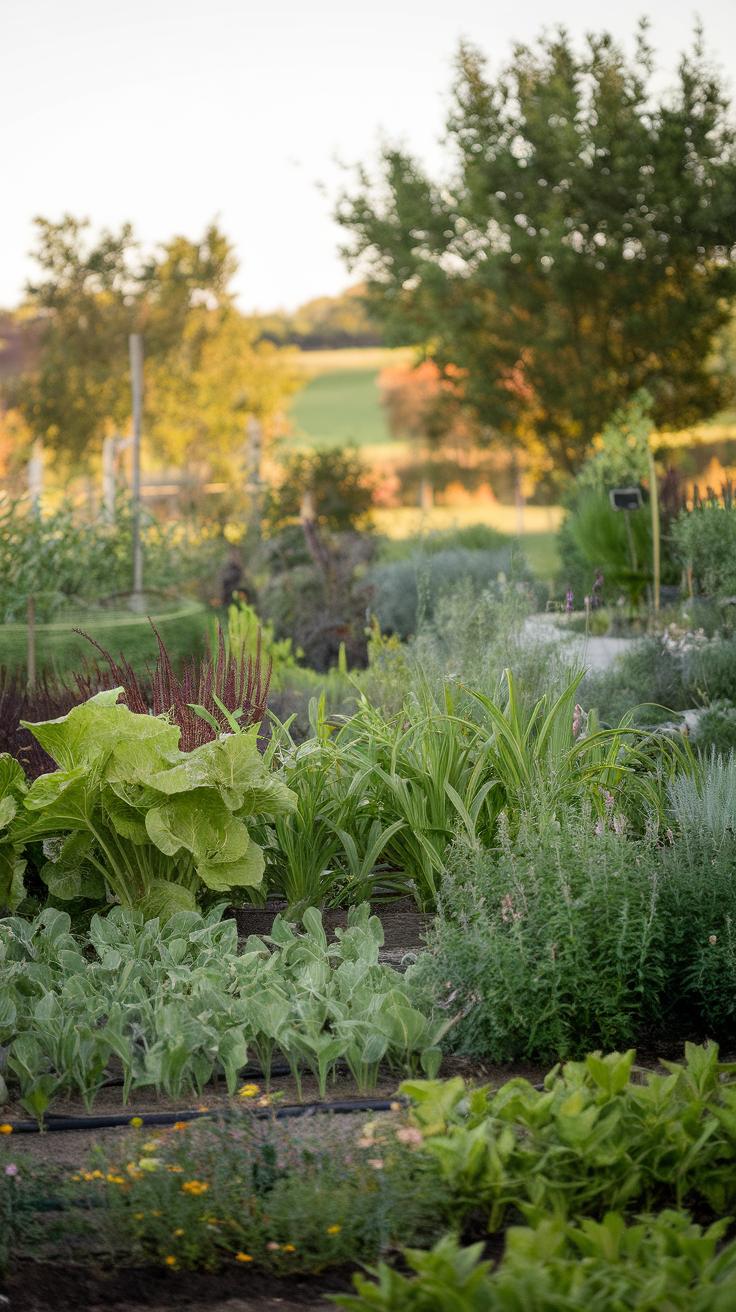
Harnessing Plant Relationships
Companion planting represents a fundamental strategy for maximizing yields and promoting garden health. This method involves positioning compatible plants in close proximity to enhance growth and deter pests. For instance, the classic pairing of tomatoes and basil is not just a culinary delight; basil can improve tomato flavor and repel harmful insects, creating a thriving environment for both plants. In addition to flavor enhancement, some plants can fix nitrogen in the soil, such as legumes, benefiting nearby crops that require nutrient-rich soil.
Benefits That Improve Sustainability
Integrating companion planting into your homesteading garden layout significantly contributes to sustainable practices. Utilizing natural pest deterrents reduces reliance on chemical pesticides, fostering a healthier ecosystem. Furthermore, the diverse plant relationships can lead to improved pollination and increased biodiversity, creating a resilient garden that recovers from pests and diseases more effectively. These interactions not only promote plant health but also optimize space, ensuring every inch of the garden is used efficiently while enhancing productivity.
Incorporating Vertical Gardens Optimize Space With A Homesteading Garden Layout
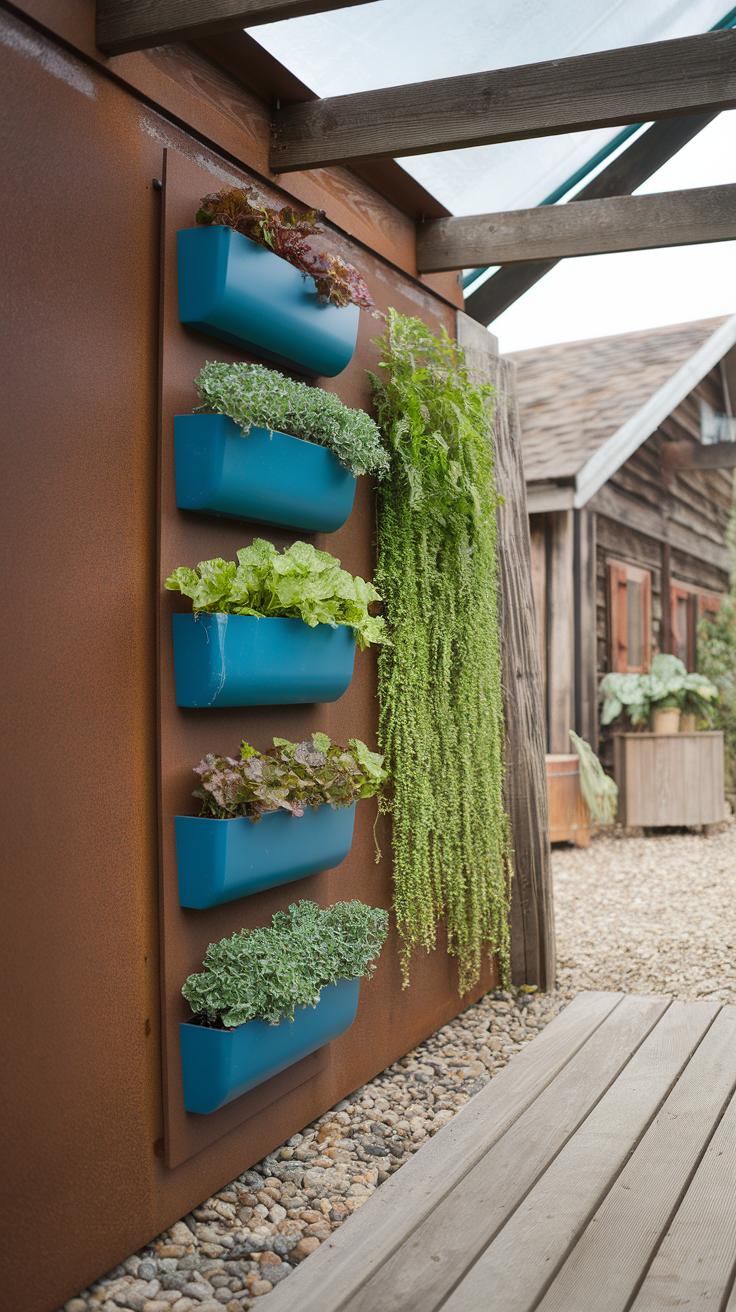
Utilizing Vertical Space for Maximum Yield
Implementing vertical gardening techniques can significantly enhance a homesteader’s ability to maximize productivity on limited land. By utilizing structures such as trellises, wall planters, and even hanging gardens, gardeners can utilize vertical space that would otherwise remain unexploited. Climbing plants like beans, peas, and cucumbers thrive in these setups, allowing the space between the soil and the sky to be fully engaged. This method not only increases the yield per square foot but also promotes better air circulation and sunlight exposure, reducing the risk of diseases common in traditional garden layouts.
Choosing the Right Plants and Structures
Selecting appropriate plants is crucial for successful vertical gardening. Fast-growing and heavy-yielding crops, such as tomatoes and strawberries, are often ideal choices. Incorporating sturdy support systems is equally important; options like metal cages, wooden trellises, or even recycled pallet gardens can be effectively employed. Designing these structures with aesthetics in mind can enhance the overall appeal of the garden, promoting a space that is both productive and visually pleasing while contributing to a sustainable living environment.
Soil Health and Preparation Importance in Homesteading Garden Layouts
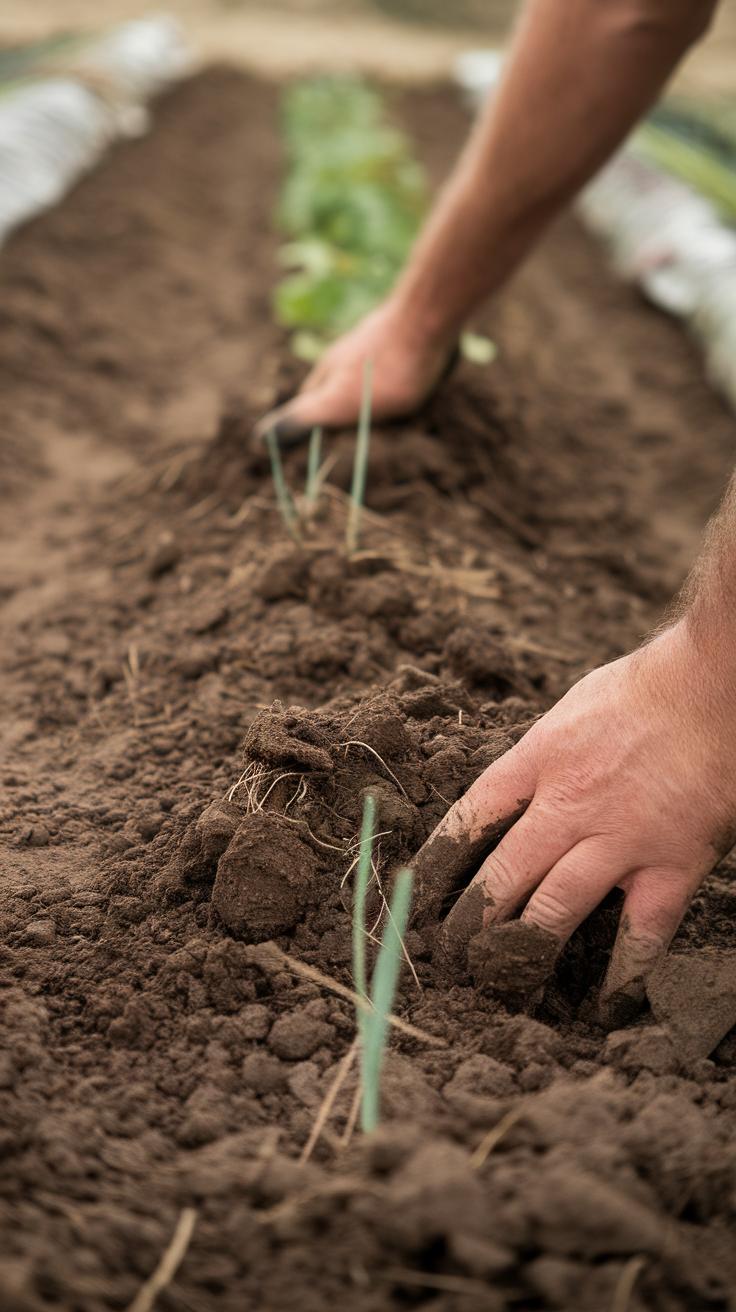
Understanding Soil Quality
A vibrant homesteading garden begins with healthy soil, which serves as the foundation for robust plant growth and optimal yield. Analyzing soil composition is essential for tailoring garden layouts that accommodate specific crops. Techniques such as soil testing facilitate the assessment of pH levels, nutrient content, and organic matter, allowing gardeners to make informed decisions. Evaluating soil drainage and texture also helps in understanding how well your garden will support plant life.
Improving Soil Health
Several methods exist to enhance soil quality, ensuring long-term sustainability. Incorporating organic matter—like compost or well-rotted manure—significantly boosts soil fertility while promoting beneficial microorganisms. Mulching can prevent erosion and moisture loss, while crop rotation minimizes pest buildup and nutrient depletion. Interplanting with cover crops, such as clover or rye, not only improves soil structure but also adds nutrients back into the earth. Cultivating healthy soil leads to richer harvests and a more efficient garden layout, setting the stage for a successful homesteading endeavor.
Water Conservation Techniques for Efficient Homesteading Garden Layout
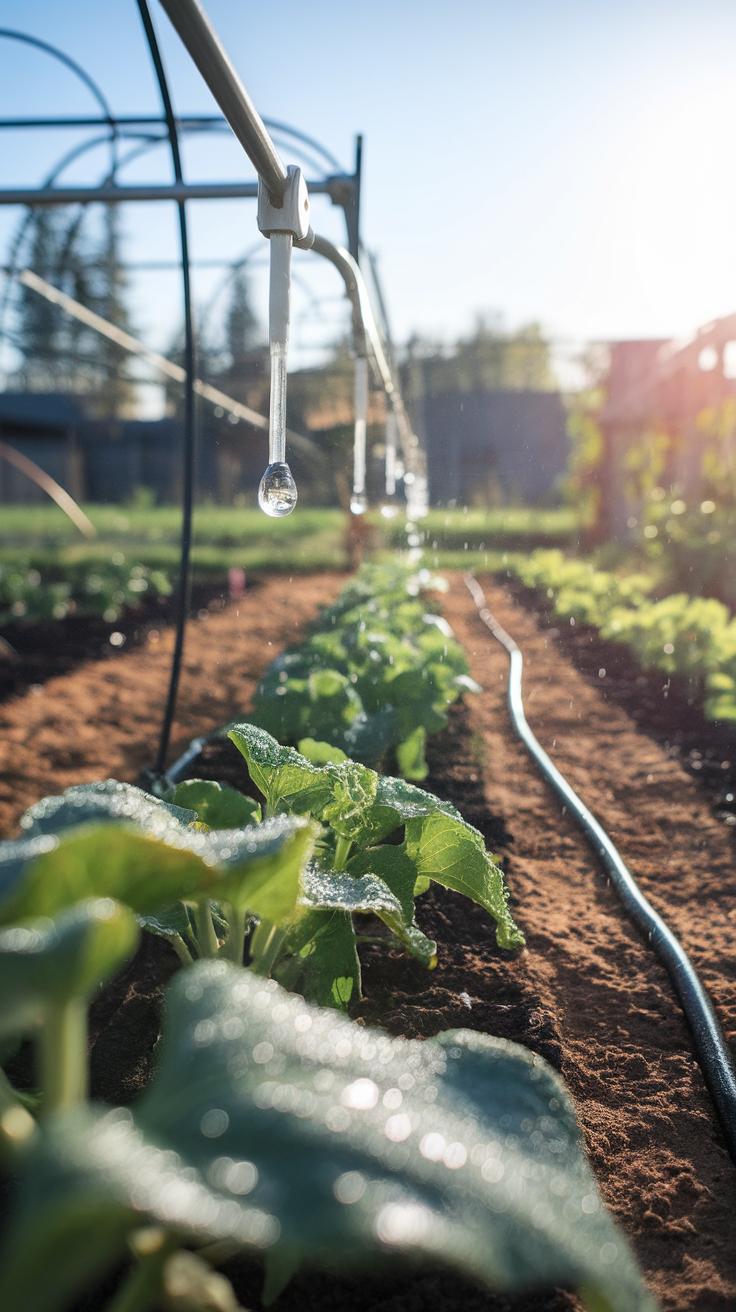
Implementing Effective Methods
Implementing effective water conservation techniques in a homesteading garden is vital for sustainability. One practical approach is the use of drip irrigation systems, which deliver water directly to the plant roots, minimizing evaporation and runoff. This targeted method ensures that plants receive the moisture they need without waste. Mulching is another essential practice; organic materials like straw or wood chips help retain soil moisture, reducing the frequency of watering.
Rainwater Harvesting and Greywater Recycling
Collecting rainwater through barrels or cisterns maximizes natural resources, allowing gardeners to leverage rainfall in dry spells. Additionally, greywater systems can recycle water from household activities, such as dishwashing, for irrigating non-edible plants. Implementing these techniques not only conserves water but also promotes a more self-sufficient and productive garden layout, contributing to the overall resilience and efficiency of the homesteading lifestyle.
Crop Rotation Strategies for a Productive Homesteading Garden Layout
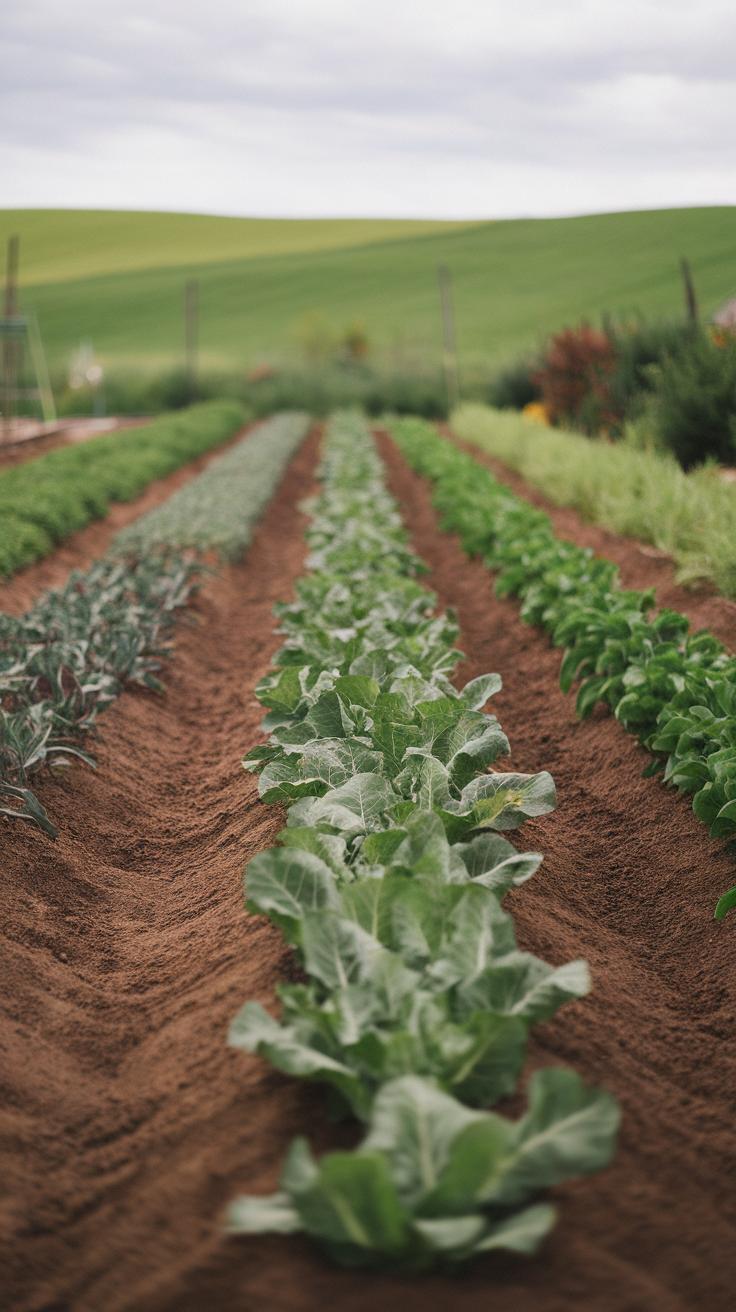
Enhancing Garden Health Through Crop Rotation
Incorporating crop rotation into a homesteading garden layout is vital for sustaining soil health and maximizing productivity. Rotating crops helps disrupt pest and disease cycles, as well as enhances soil nutrients. Different plants contribute and extract diverse nutrients from the soil; legumes, for instance, enrich nitrogen levels, benefiting subsequent crops like leafy greens. This practice increases biodiversity, encouraging beneficial insects and soil microorganisms that contribute to a thriving ecosystem.
Long-term Productivity Benefits
Over time, implementing effective crop rotation strategies fosters a robust garden environment, reducing the risk of soil depletion. When certain crops are rotated out regularly, it minimizes the need for chemical fertilizers, promoting sustainable practices. Additionally, this approach helps in addressing specific plant needs, ensuring the garden remains productive year after year. Utilizing a planned rotation schedule can lead to increased yields, creating a more efficient and rewarding homesteading experience.
Creating Zones for Various Uses in Your Homesteading Garden Layout
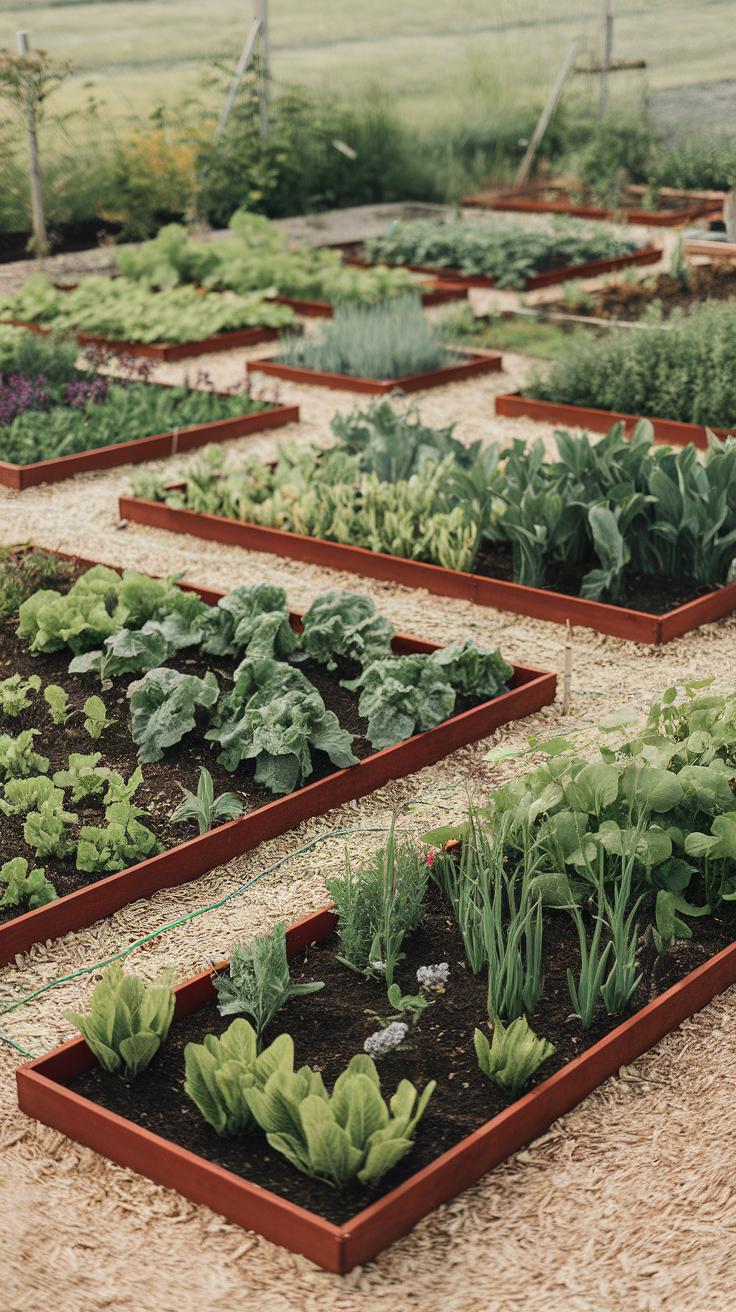
Designing Functional Areas
Crafting an efficient homesteading garden starts with zoning, which enhances both productivity and enjoyment. Dividing your garden into predetermined areas allows for specialized functions, such as vegetable patches, relaxation spots, and pollinator gardens. Designate sunny plots for vegetables requiring full sun, ensuring they receive the energy needed for robust growth. Nearby, consider creating a cozy sitting area, complete with benches or shaded nooks, where you can unwind and appreciate the fruits of your labor.
Encouraging Biodiversity
Incorporate a dedicated pollinator zone filled with native flowers to attract bees and butterflies. This vital space not only beautifies your garden but also improves pollination for your crops, enhancing yields. By skillfully organizing your garden into these functional zones, you optimize space while cultivating a diverse ecosystem, creating a sustainable living environment that thrives year-round.
Integrating Renewable Energy Solutions in Your Homesteading Garden Layout
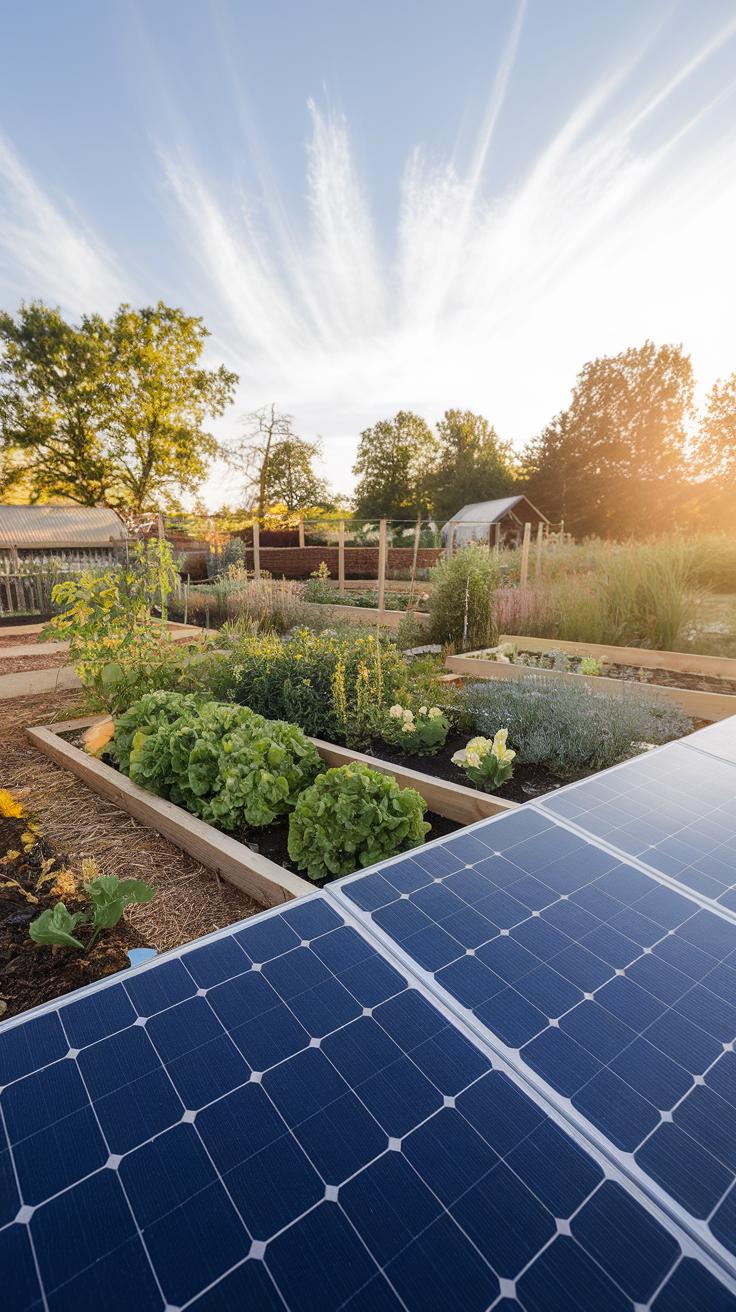
Harnessing Solar Power for Sustained Growth
Incorporating renewable energy sources into your homesteading garden can significantly enhance its sustainability. Solar panels can be strategically placed on sheds or garden structures to capture sunlight, converting it into electricity for garden needs. This power can support a range of applications, such as irrigation systems and garden lighting. Utilizing solar energy not only reduces reliance on fossil fuels but also lowers operational costs over time, making the garden both efficient and eco-friendly.
Utilizing Wind and Water Energy
Wind turbines serve as another renewable energy solution, particularly suitable for homesteading gardens positioned in breezy areas. Small-scale turbines can generate sufficient energy to power tools and other essential equipment. Rainwater collection systems can be integrated with hydroponic setups to promote energy-efficient water management. By employing these energy solutions, garden spaces evolve into self-sustaining environments, thriving through innovative technology while decreasing their environmental footprint.
Sustaining the Garden Over Time LongTerm Strategies for a Vibrant Homesteading Garden
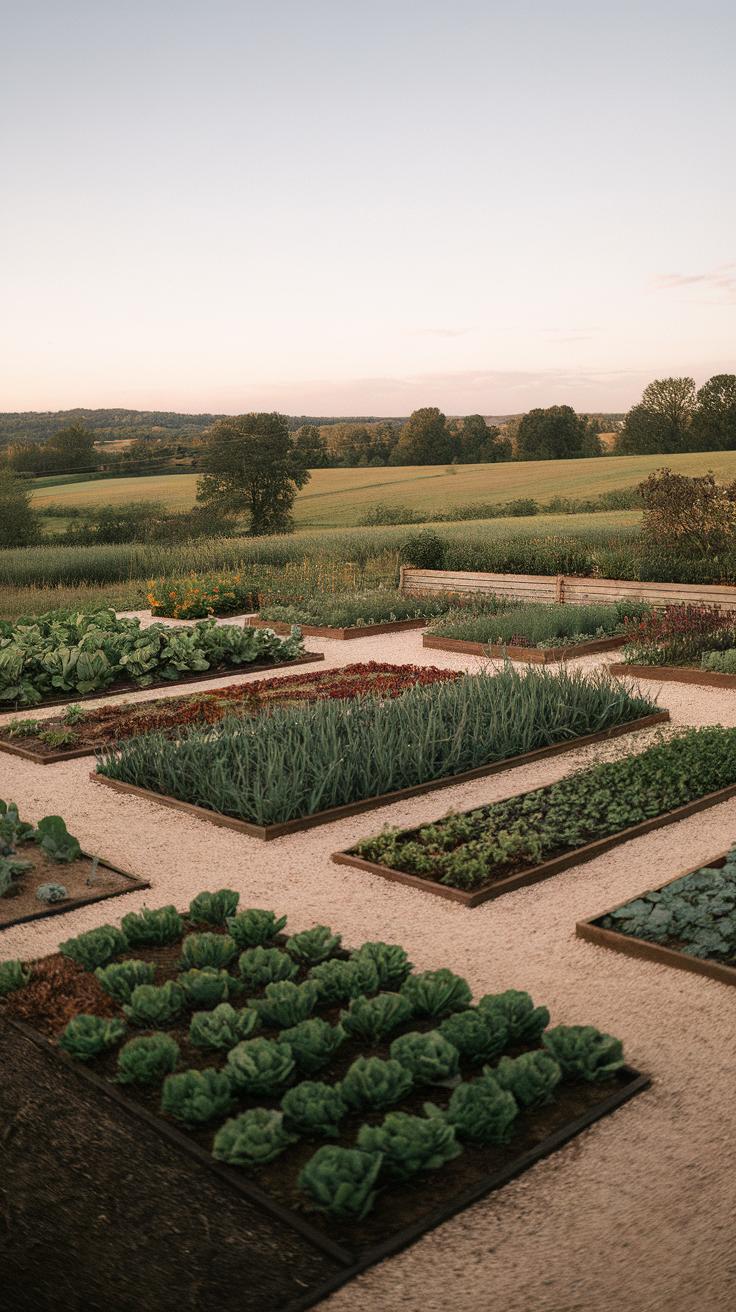
Maintaining Productivity Through Seasonal Planning
Creating a thriving homesteading garden extends beyond the initial layout; it involves a commitment to seasonal planning. Implementing crop rotation not only rejuvenates soil health but also minimizes pest and disease cycles. By alternating crops each season, gardeners can enhance fertility while optimizing plant diversity. Companion planting offers another layer of productivity, where certain plants can benefit from being grown in proximity. For instance, marigolds can deter pests while attracting beneficial insects, creating a self-sustaining ecosystem within the garden.
Nurturing Soil Health and Biodiversity
Long-term vitality of a homesteading garden hinges on the attention given to soil health and biodiversity. Regularly enriching the soil with organic compost and mulching can retain moisture, suppress weeds, and provide essential nutrients. Encouraging beneficial creatures, like earthworms and pollinators, through habitat creation fosters a balanced environment. Consider planting native species, which are well-suited to the local climate and require less maintenance, ultimately ensuring the garden remains productive with minimal external inputs over the years.
Conclusions
In recap, a strategic approach to homesteading garden layout significantly influences not only the productivity of the garden but also the overall lifestyle of those who practice it. This layout supports a variety of essential practices that ultimately contribute to a sustainable way of living. By embracing techniques such as companion planting, utilizing vertical spaces, and creating defined zones for different activities, gardeners can experience greater yields and a rich variety of crops throughout the seasons.
Transitioning to a well-planned homesteading garden layout can not only enhance individual self-sufficiency but also promote environmental stewardship. Every decision made in the setup of a garden can have lasting effects on health, gastronomy, and ecological systems. By adopting these principles, enthusiasts of sustainable living may find joy and fulfillment while nurturing both their gardens and the planet.


